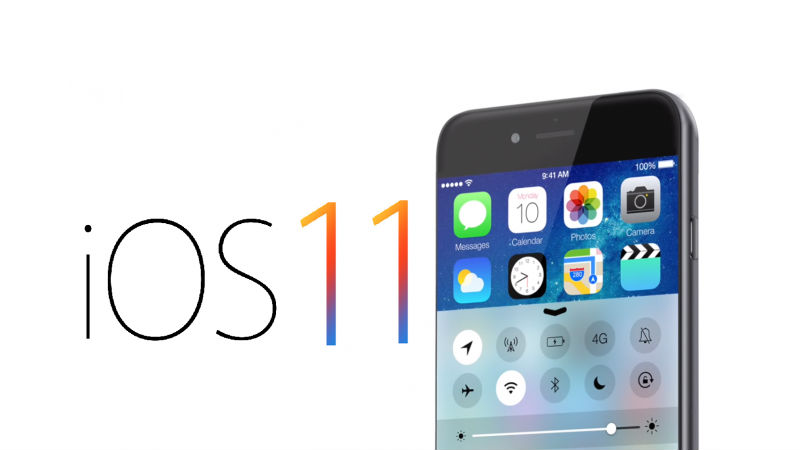Xamarin release preview edition with iOS11 and Xcode 9 Compatibility
Xamarin today halve a released a preview build for those that have been hankering (since about 2 hours after the WWDC keynote according to some forum posts I’ve picked up on!) to play with Apple’s new goodness.

Specifically this let’s you play with Xcode 9, iOS 11 and MacOS 10.13. If you don’t have Xcode 9 installed already I highly recommend you follow the Dev Centre instructions that allow you to install it in parallel, don’t grumble at me if you can’t get any real work done once you’ve finished playing!
(Via.)
Preview: Xcode 9 beta 3, iOS 11, macOS 10.13 support – Preview 1 | Xamarin Releases: “”
Obligatory Instagram fud photo

thrown out via Instagram http://ift.tt/2us05nT
Bed now? #LifeInTheOldDog #AllBeforeBreakfast #HashtagsEverywhere

thrown out via Instagram http://ift.tt/2uQ1ilY
Leah fancied a ‘small’ bowl of coco pops this morning!

thrown out via Instagram http://ift.tt/2tsl1HY
When you Garmin tells you 3.5 days to recover!?! #AllBeforeBreakfast

thrown out via Instagram http://ift.tt/2tmPXw9
Amen! https://t.co/tvvFG1T8cw
Blurted out on twitter – http://twitter.com/andyfl…
The UK right now

thrown out via Instagram http://ift.tt/2sHzuSY

